Taboos of Drinking Deer Antler Wine
Deer antler is a commonly used traditional Chinese medicine with high nutritional and medicinal value. It is also a well-known yang-tonifying herb. In this article, we will explore the taboos of drinking deer antler wine and what precautions to take.
Taboos of Drinking Deer Antler Wine and Its Side Effects
Taboos of Drinking Deer Antler Wine
Deer antler is first recorded in the "Compendium of Materia Medica," where it is referred to as "panlongjiao." Detailed descriptions of deer antler can also be found in the "Shennong's Classic of Materia Medica," "Leigong's Herbal Roasting Theory," and "Illustrated Classic of Materia Medica." Deer antler mainly comes from the antlers of spotted deer and sika deer, both of which are mainly found in the northern regions of China. There are two types of deer antler: artificially raised and wild, with the latter having higher medicinal value.
Deer antler has a warm and salty taste and is not toxic. It has a good tonifying effect on the liver meridian, heart meridian, and kidney meridian. It can also enter the hand shaoyang and foot shaoyin meridians, promoting kidney health, blood circulation, and reducing swelling. It has a good therapeutic effect on blood stasis pain, lower back pain, asthenia syndrome, and ulcers.
Although deer antler can nourish and tonify the body, improper use can lead to side effects. It is recommended to master the correct usage and dosage of deer antler and understand the contraindications for its use in order to avoid any adverse reactions. The specific taboos of drinking deer antler wine are as follows:
First: Usage and Dosage of Deer Antler
Deer antler is commonly used in decoction or as a wine. The dosage should be controlled between 5 grams and 10 grams, and excessive consumption should be avoided. It can also be ground into powder and applied topically or taken orally, with a dosage of 1 gram to 3 grams. In addition to decoction and grinding into powder, deer antler can also be made into pills or powders. If fresh deer antler is available, it can be squeezed for juice and applied to the affected area. Raw deer antler is often used to disperse blood and reduce swelling, while cooked deer antler is used to tonify the kidneys and nourish essence.
Second: People Who Should Avoid Taking Deer Antler
It is recommended that patients with yin deficiency and yang excess, as well as those without blood stasis, should not take deer antler. People with excessive yang and yin deficiency, as well as those with stomach heat and toothache, are also not suitable for using this herb.
Taboos of Drinking Deer Antler Wine and Its Side Effects
Third: Side Effects of Taking Deer Antler
In general, some individuals may experience discomfort after taking deer antler, such as upper abdominal pain, cold sweats, and nausea. Severe cases may even lead to upper gastrointestinal bleeding. Other side effects of taking deer antler include allergic reactions, palpitations, shortness of breath, chest tightness, pale complexion, and profuse sweating. In rare cases, some individuals may experience shock and death after taking deer antler.
To minimize side effects when taking deer antler, it is recommended to take probiotics to reduce gastrointestinal reactions. In addition, it is advisable to take some herbs that nourish yin deficiency, such as jade bamboo, southern sand ginseng, dendrobium, and ophiopogon, to enhance the effects. If any adverse reactions or side effects occur, it is best to seek immediate medical attention. In the case of upper gastrointestinal bleeding caused by taking deer antler, Yunnan Baiyao oral medicine is a good choice for stopping bleeding. Antihistamines should be taken for allergies, and shock should be treated with appropriate measures.
Fourth: Identification of Deer Antler
Deer antler made from sika deer antlers is usually branched, with the main branch being curved and the base being disk-shaped. It has irregular nodular protrusions called "pearl plates" and numerous small but sparse pores on the surface. The side branches mostly grow in one direction, with the first branch near the pearl plate and the second branch extending from the first branch, forming a sitting branch shape. The surface color of deer antler is grayish-brown or grayish-yellow with a glossy appearance, while the tip of the antler is smooth and the center has protrusions. The texture of the herb is hard, with the outer ring being bone-like in color (grayish-white or slightly brownish) and the middle part mostly bluish-gray or grayish-brown in color. It has no odor but has a slightly salty taste.
The side branches of sika deer antlers usually extend to both sides, with a surface color of yellowish-brown or grayish-brown. The tip of the antler is grayish-white, and the lower end has obvious bone spurs. The top is grayish-yellow or grayish-white with a special luster.
Tips
In this article, we have introduced the taboos of drinking deer antler wine. When taking this herb, it is important to start with a small dosage and gradually increase it to avoid side effects. Additionally, the active ingredients in deer antler can react with tannic acid in fruits and vegetables, which can ultimately affect the efficacy of the medicine. This should be taken into consideration.



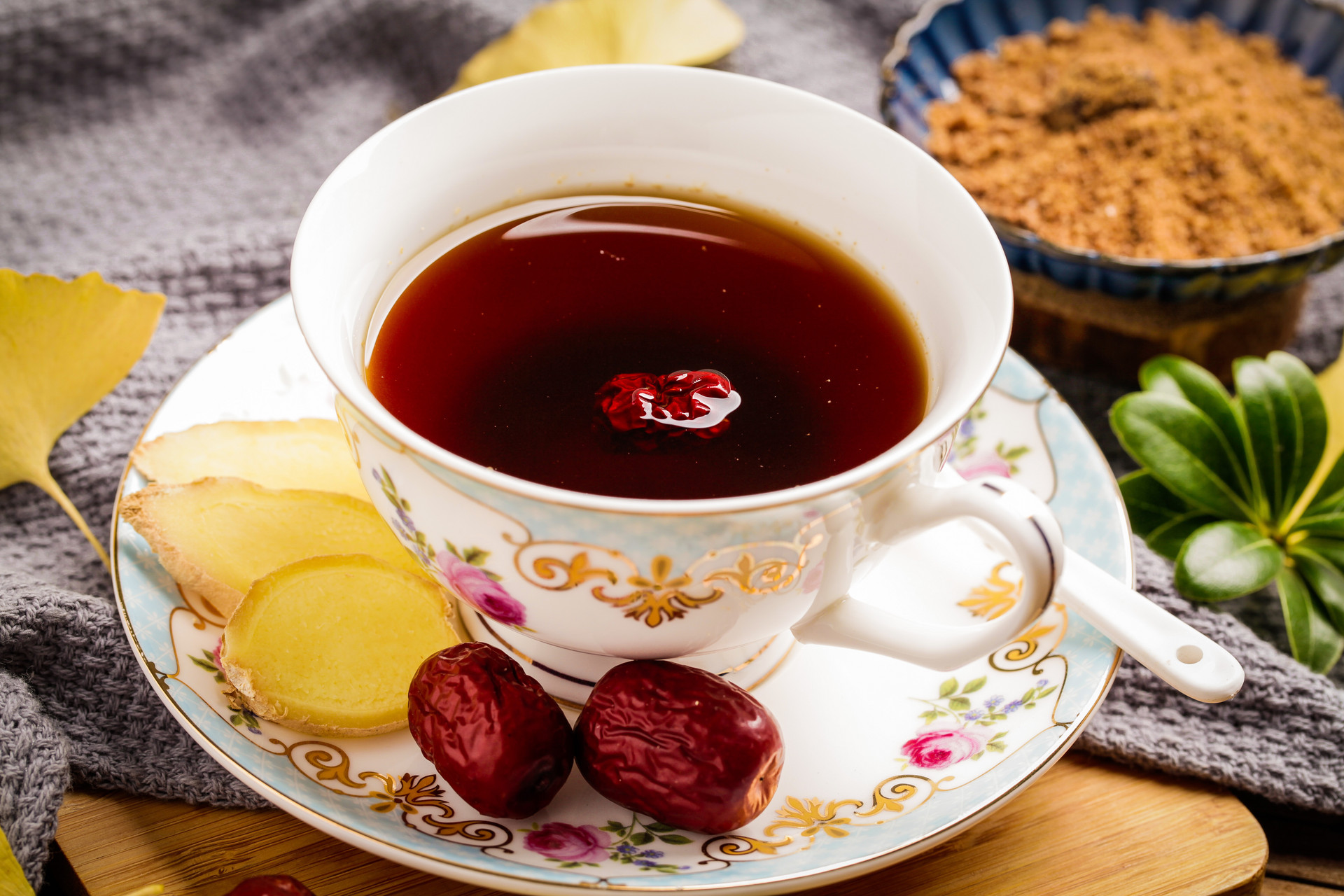
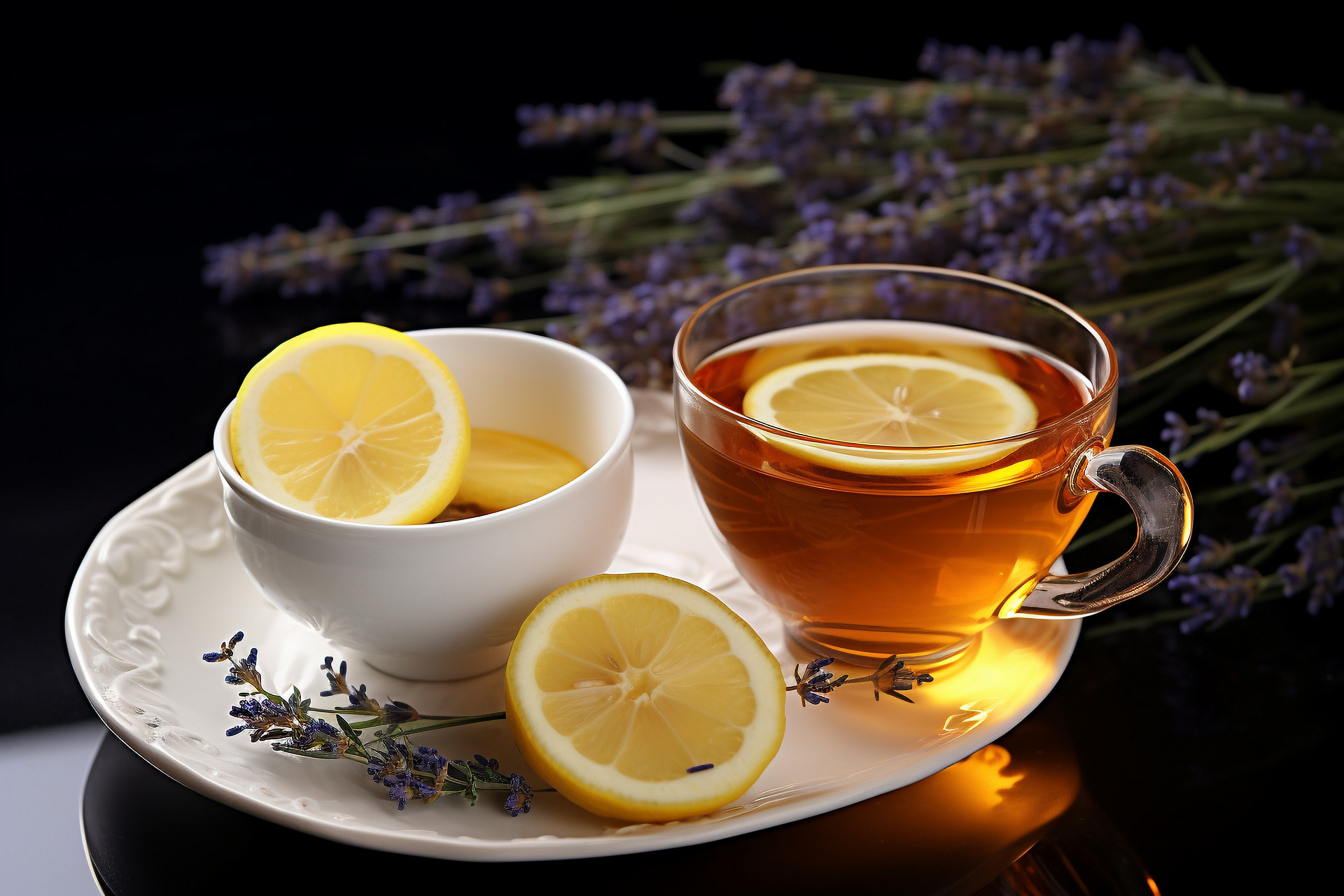
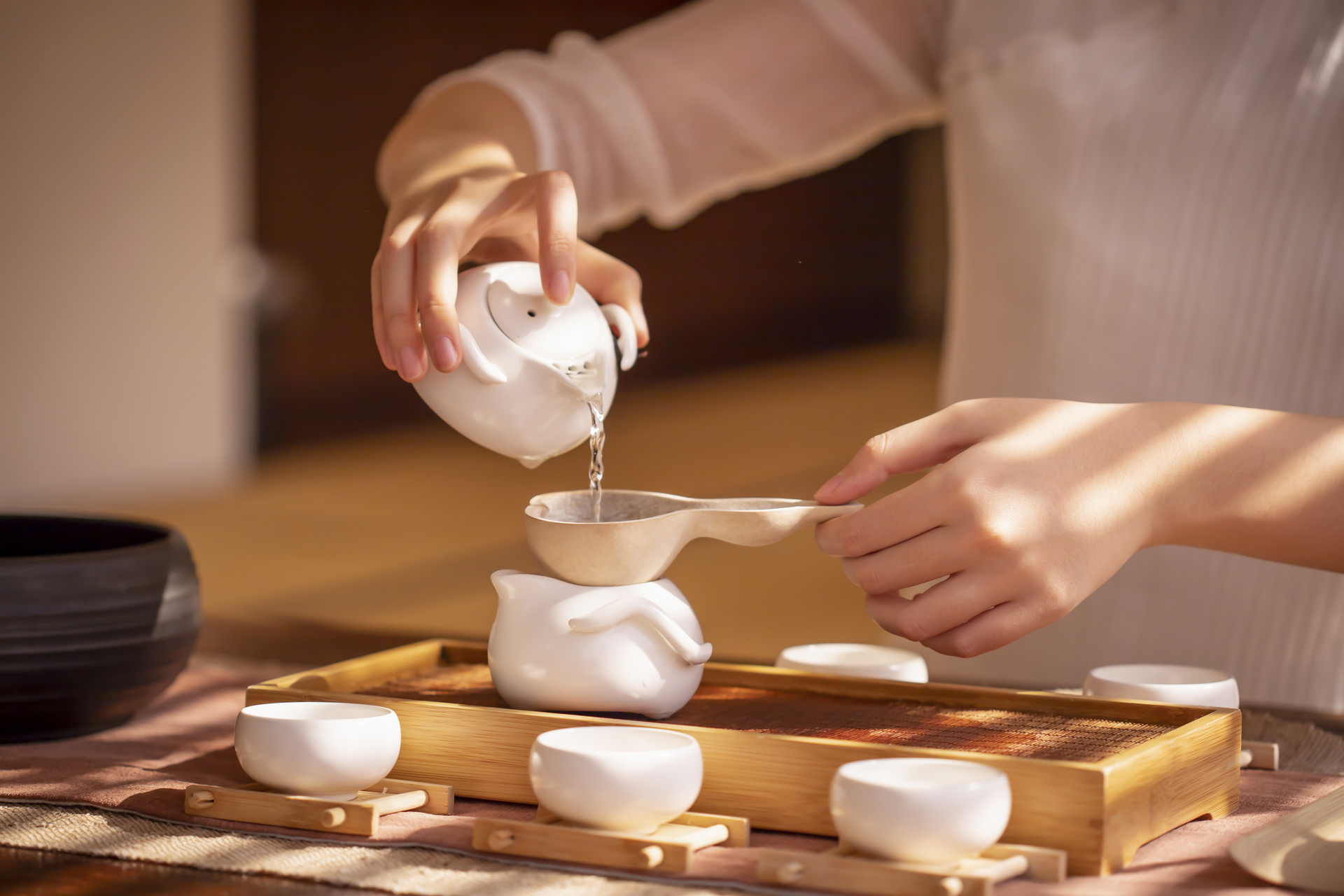
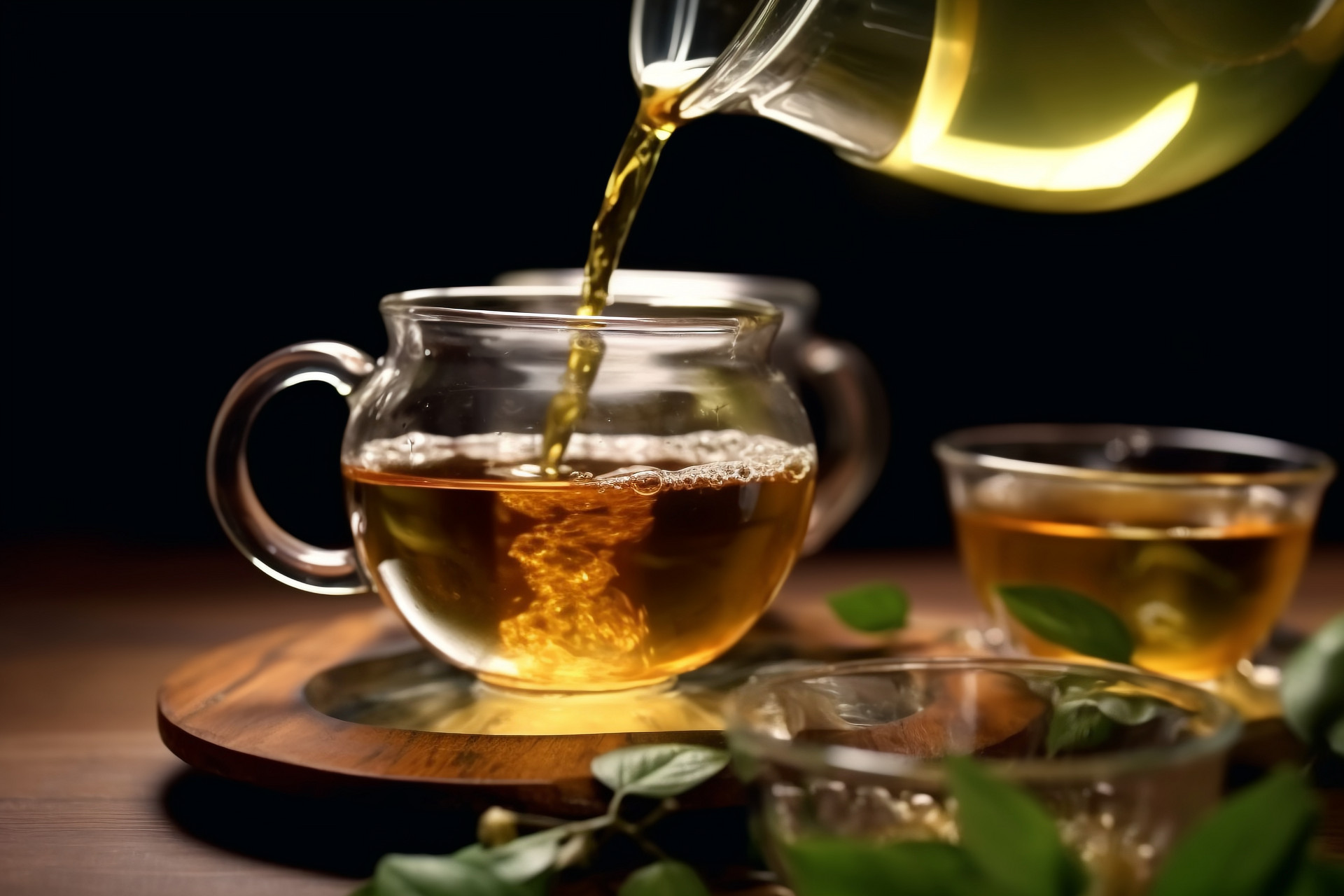

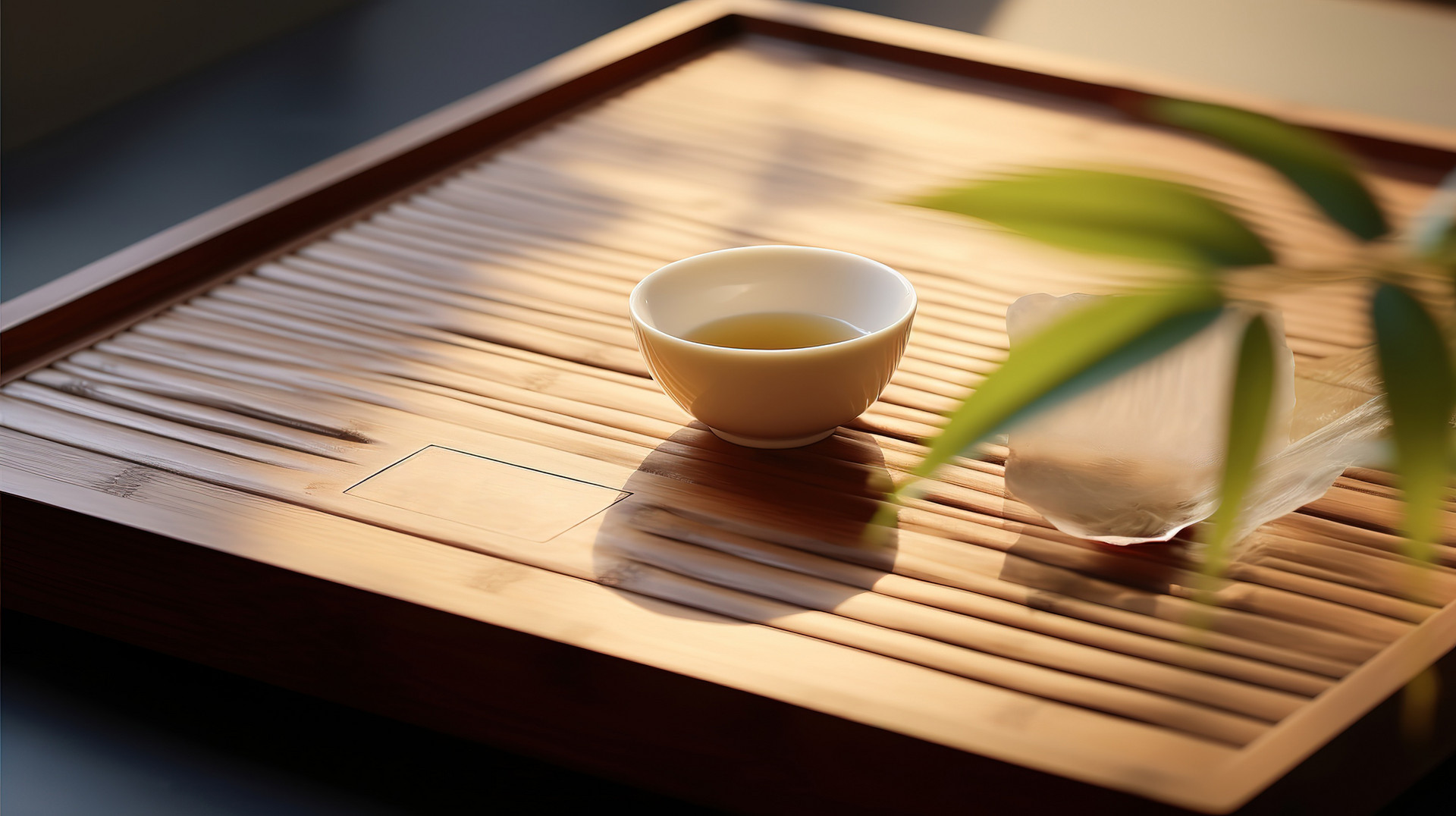
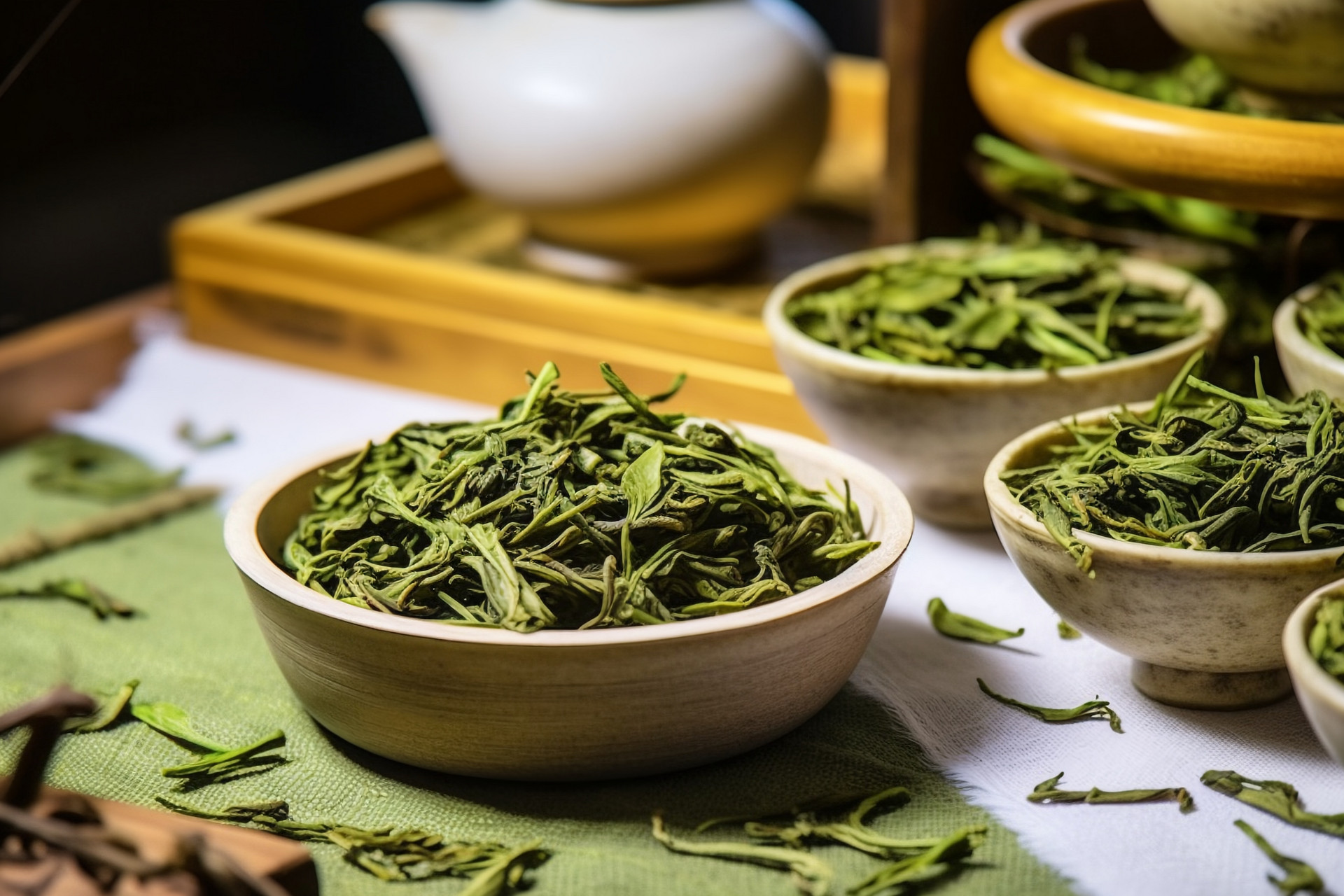
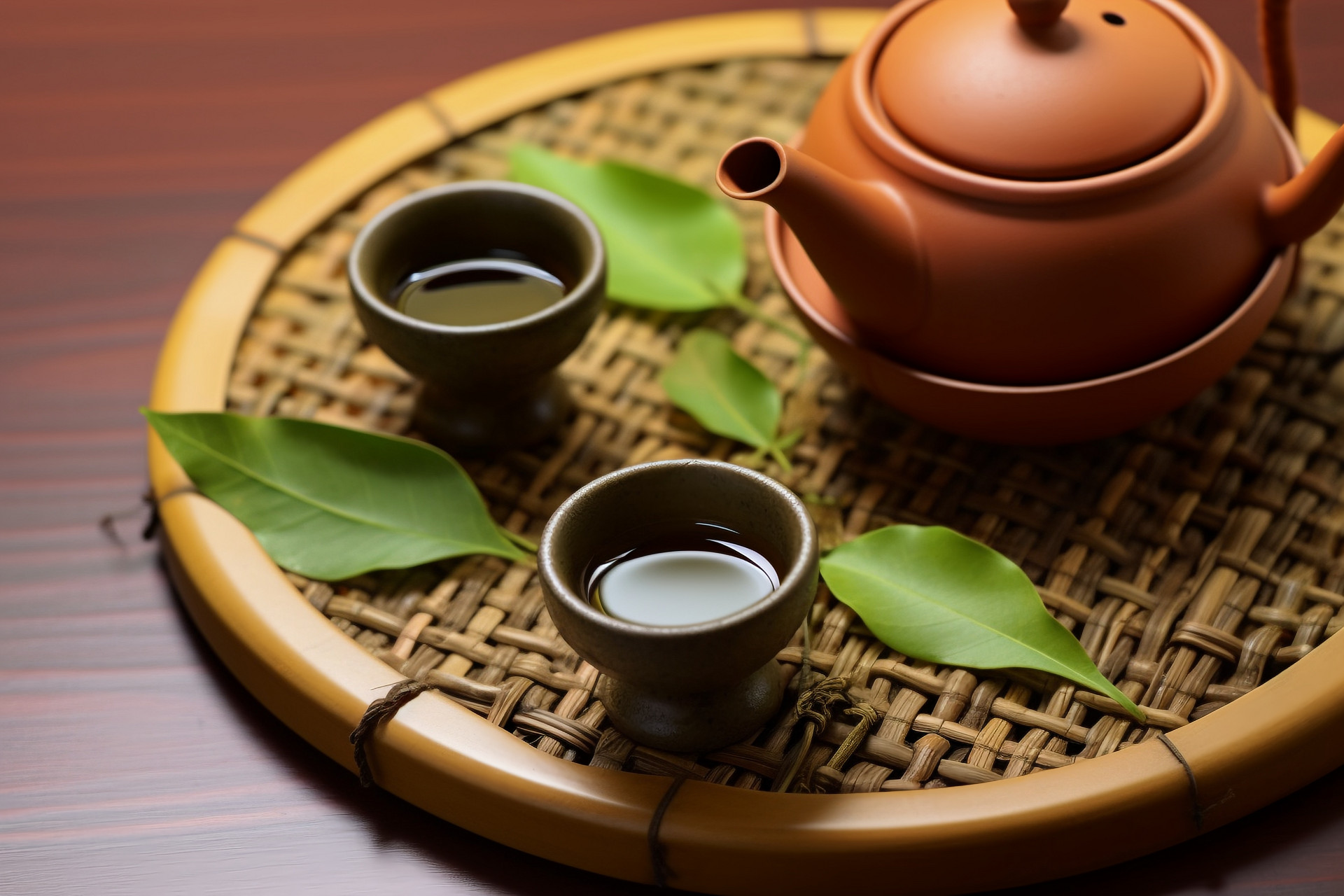
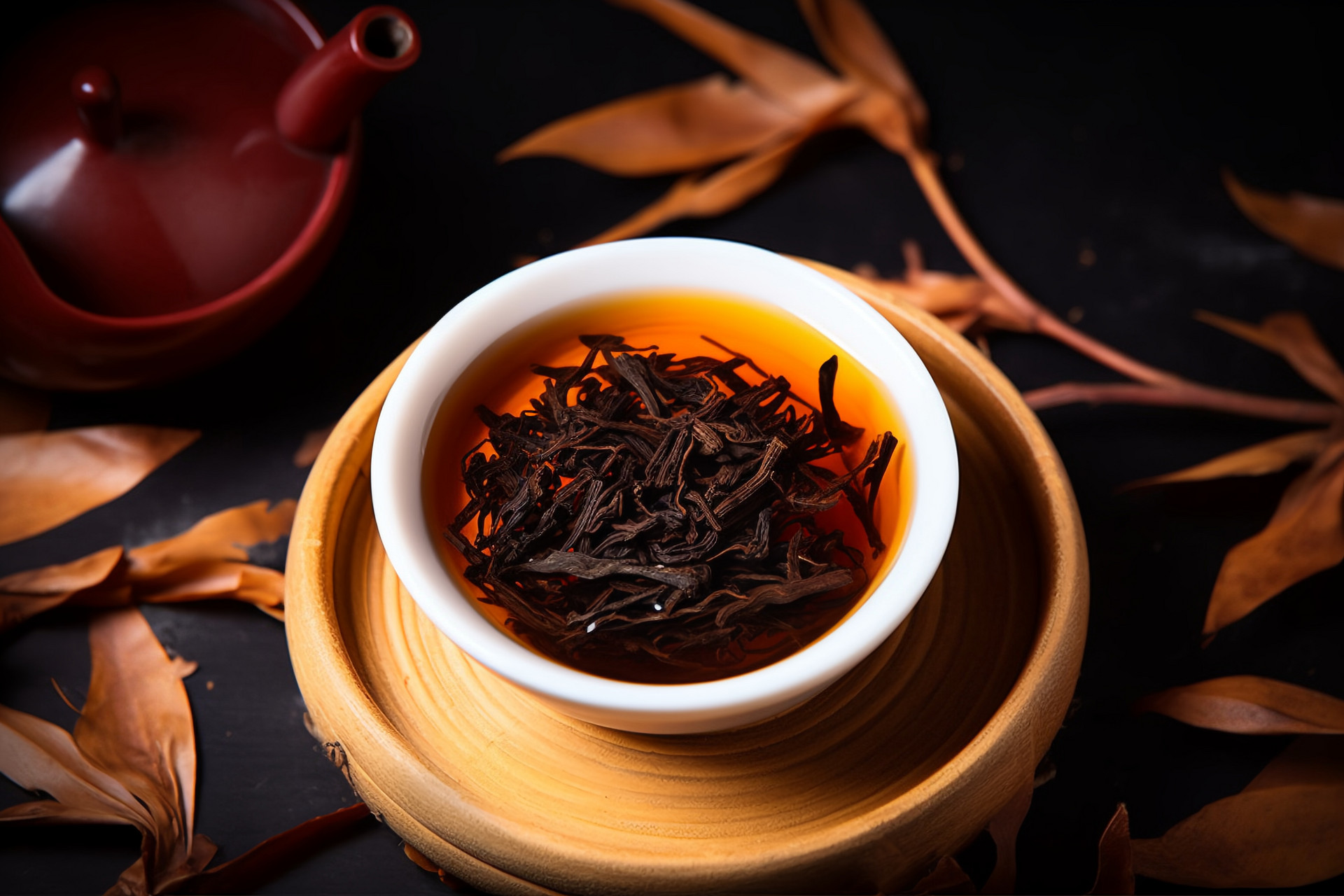
![[Herbal Wine Recipes for Health and Beauty]](https://tcmmaintenance.com/uploads/20240715/7241f6b6eafdaed88c28b26a37213964.jpg)